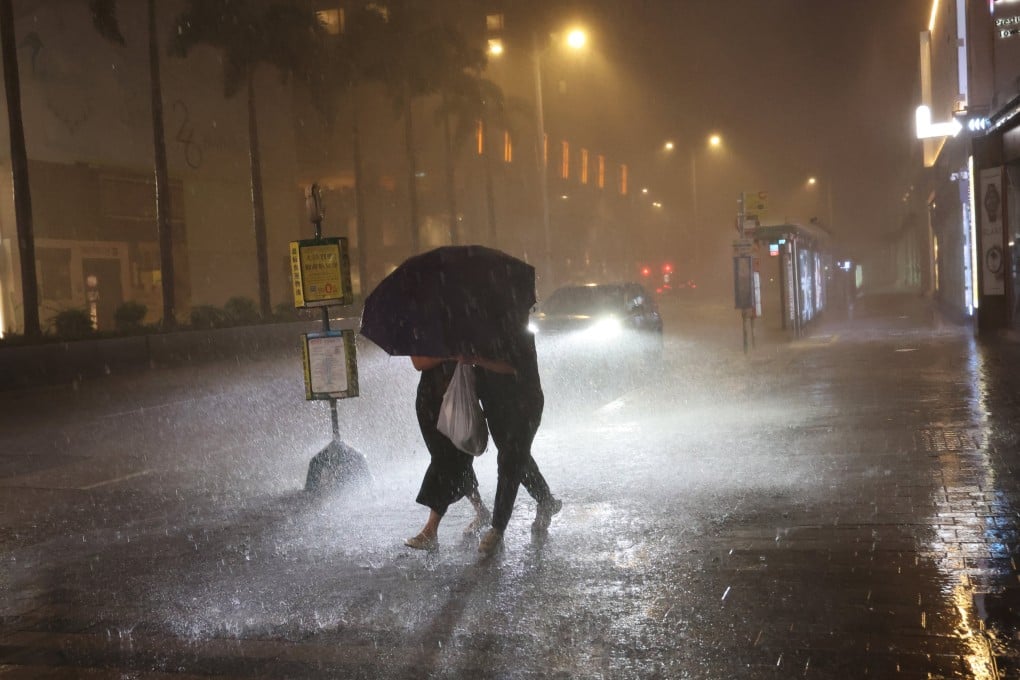Explainer | How did Hong Kong escape worst of ‘well-behaved’ Super Typhoon Yagi?
Storm battered city with strong gusts and occasional heavy showers, but distance played a part in easing the impact.

The reduced impact left some wondering whether the storm was as strong as originally forecast and how the city avoided the worst of the super typhoon.
The Post takes a look at the characteristics of Yagi, which passed by Hong Kong on Thursday and was departing on Friday, and what they tell us about future typhoons.
1. Why did Hong Kong escape severe damage?
The distance between the city and Yagi played an important role in lessening its impact.
Former Observatory assistant director Leung Wing-mo said the storm did not seriously affect the city because it was about 400km (249 miles) away, although some “typical” conditions were observed such as strong gusts and occasional heavy showers.
Yagi moved at a slower speed – around 15km/h (9.3mph) – compared with the usual 20km/h, according to Leung. Easterly and south-easterly winds affected Hong Kong mostly in places such as Cheung Chau, other southern parts of the city and areas on higher ground, such as Ngong Ping on Lantau Island.
“There was also not much rain, because the typhoon really was quite far away,” Leung said. “Typically, the rain bands and cloud flows are usually several hundred kilometres [wide].”
